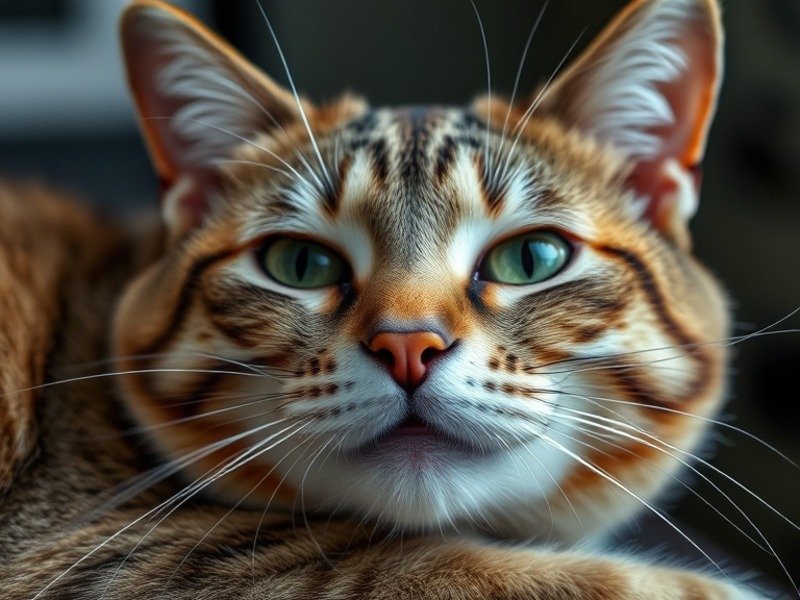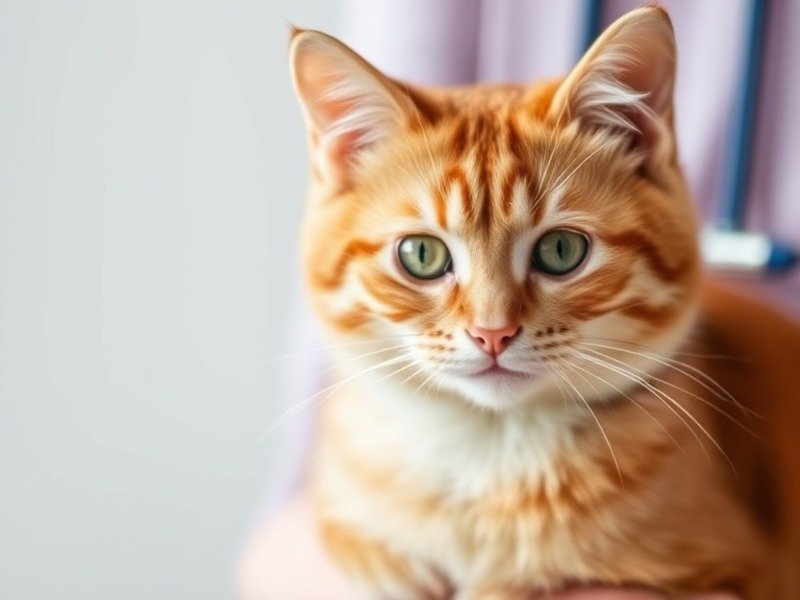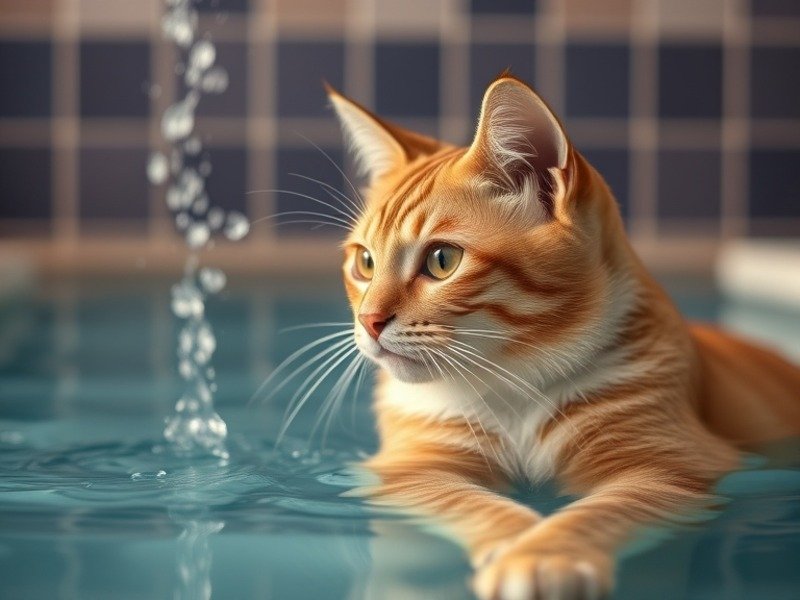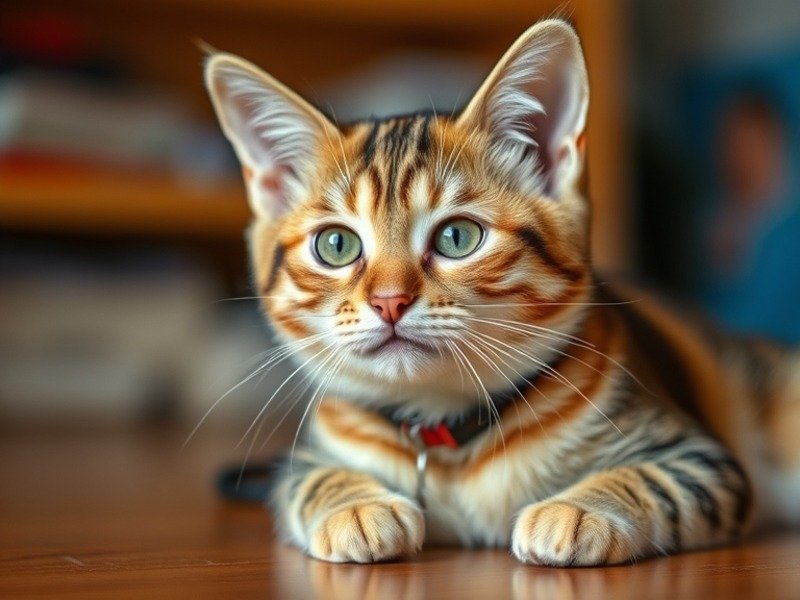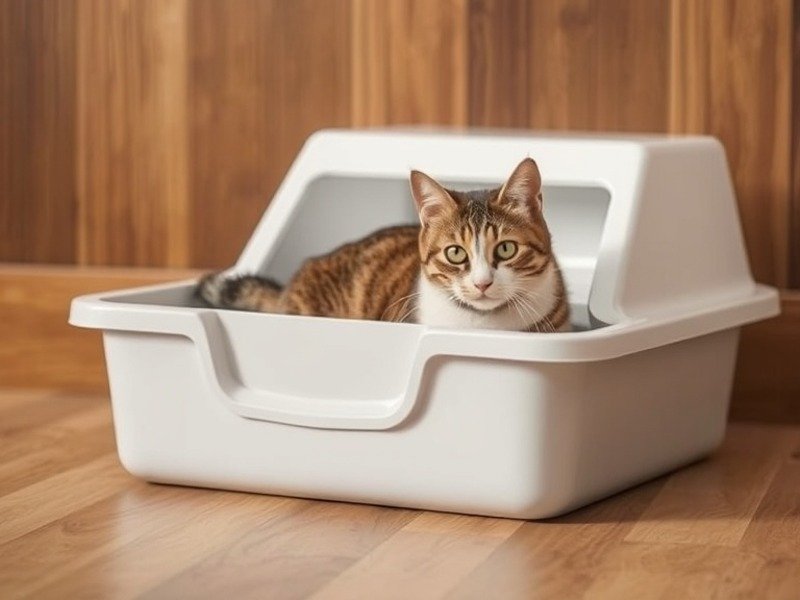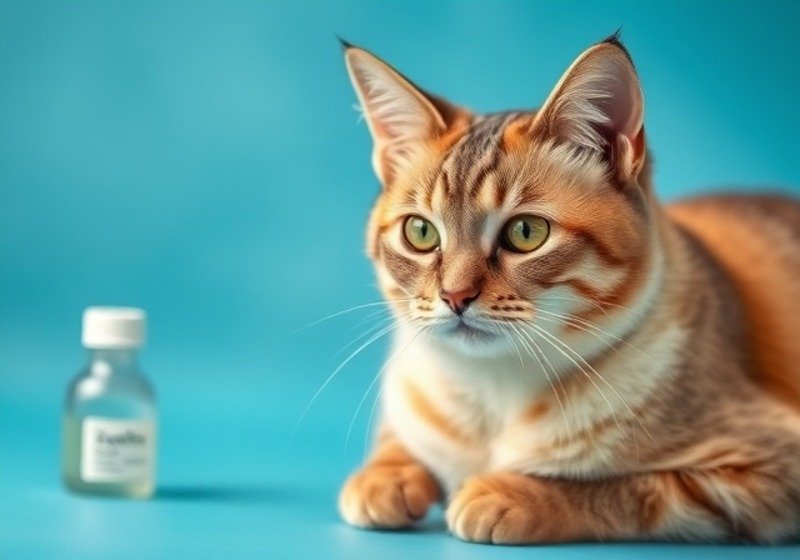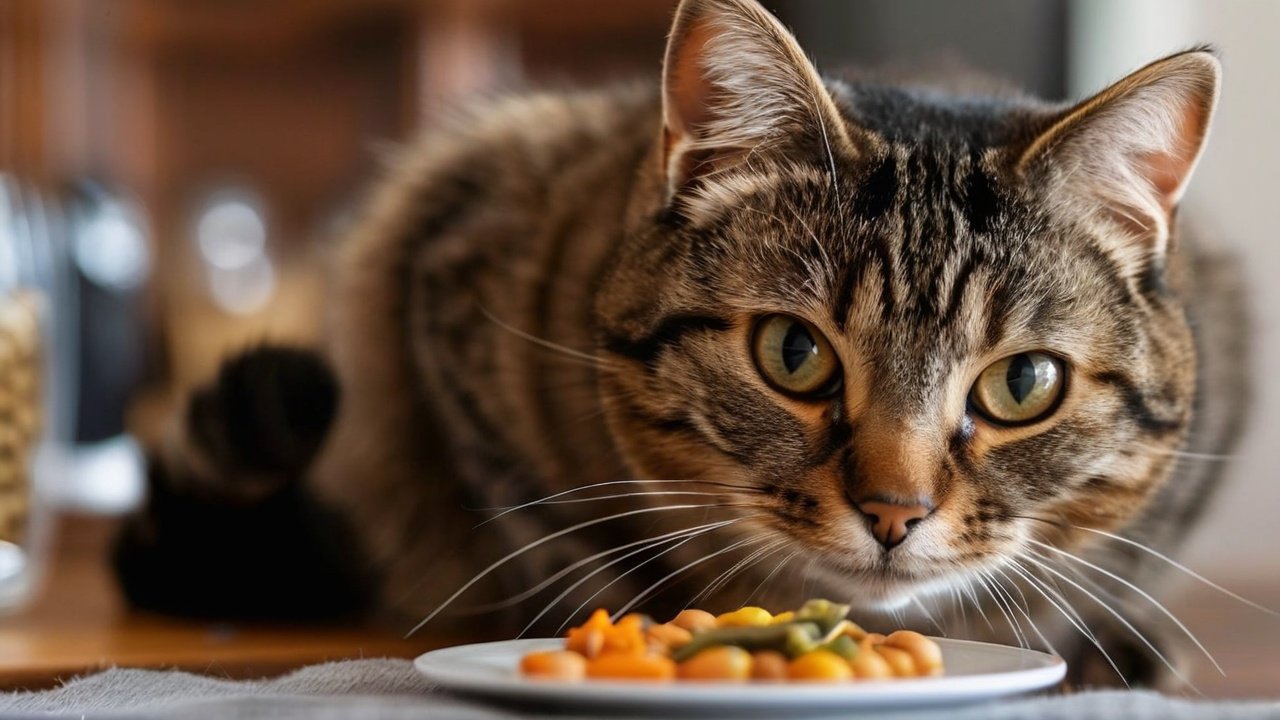Every cat owner wants to see their furry friend happy, healthy, and full of energy. But what happens when your cat starts showing signs of illness or unusual behavior? You might find yourself worried, wondering what’s going on and how to help. One condition that can be a cause for concern is an abscess.
What is an Abscess?
An abscess is a localized collection of pus, a thick, yellowish fluid that contains dead white blood cells, bacteria, and other debris. Abscesses form when the body tries to wall off an infection, creating a pocket of inflamed tissue filled with pus.
Common Causes of Abscesses in Cats
Cats are prone to abscesses, particularly those who spend time outdoors or engage in rough play. Common causes include:
- Cat Fights: The most common cause of abscesses in cats is a bite from another cat. Cat bites can easily puncture the skin, introducing bacteria into the wound.
- Puncture Wounds: Puncture wounds from sharp objects, such as thorns or nails, can also introduce bacteria into the wound.
- Foreign Bodies: Foreign objects, such as splinters, grass awns, or even small pieces of food, can become lodged in the skin, causing inflammation and abscess formation.
- Infected Wounds: Any wound that becomes infected, such as a surgical incision or a scrape, can lead to abscess formation.
Why Cats are Susceptible to Abscesses
Cats have a unique anatomy that makes them more susceptible to abscess formation. Their skin is thinner than that of other animals, and they have a higher density of hair follicles, which can provide entry points for bacteria.
The Immune Response: The Body’s Defense Mechanism
When bacteria enter a wound, the body’s immune system kicks into gear to fight the infection. White blood cells, the body’s defense warriors, rush to the site of the infection, trying to engulf and destroy the invading bacteria. This immune response causes inflammation and swelling around the wound.
Abscess Formation: The Body’s Protective Barrier
If the infection is severe or the body is unable to effectively fight off the bacteria, the body might try to wall off the infection, creating a pocket of inflamed tissue filled with pus. The body does this by forming a capsule around the infected area, isolating the infection and preventing it from spreading.
Symptoms of an Abscess in Cats
Abscesses can occur anywhere on the body, but they are most common in the head, neck, and legs. Here are some common symptoms of an abscess in cats:
- Swelling: A visible swelling or lump is the most common symptom of an abscess. The area may be red, hot to the touch, and firm or fluctuant (containing fluid).
- Pain: Cats with abscesses often experience pain and may cry out when the area is touched.
- Discharge: Some abscesses may have a visible discharge of pus.
- Lethargy: Cats with abscesses may become lethargic and inactive, sleeping more than usual.
- Loss of Appetite: Cats with abscesses may lose their appetite and stop eating.
- Fever: A fever is a common sign of infection and may be present in cases of abscesses.
A Case Study: Whiskers’ Abscess Story
Whiskers, a 6-year-old Maine Coon, developed a large abscess on his back after a fight with a neighborhood cat. His owner, David, noticed the swelling on Whiskers’ back and took him to the vet.
“I was concerned about Whiskers,” David says. “The swelling was very large, and he seemed to be in pain. He was also very lethargic and not eating.”
Diagnosing Abscesses in Cats
Diagnosing an abscess is usually straightforward. Your veterinarian will perform a physical examination and look for the typical symptoms of an abscess, such as swelling, pain, and discharge.
- Physical Examination: The veterinarian will palpate (feel) the swelling to assess its size, consistency, and firmness.
- Aspiration: The veterinarian may aspirate (draw out) a small sample of fluid from the abscess for microscopic examination. This can help to identify the type of bacteria causing the infection.
Treatment for Abscesses in Cats
Treatment for an abscess usually involves drainage of the pus and administration of antibiotics.
- Drainage: The veterinarian will drain the abscess by making a small incision and gently squeezing out the pus.
- Antibiotics: Antibiotics are given orally or intravenously to combat the infection.
- Wound Care: The veterinarian will clean the wound, apply antiseptic, and may pack the wound with gauze to help with drainage.
- Warm Compresses: You can help your cat by applying warm compresses to the abscess several times a day. This can help to reduce inflammation and pain.
A Case Study: Whiskers’ Recovery
Whiskers, the Maine Coon with the abscess, responded well to treatment. He received antibiotics and had the abscess drained. “He was still a little sore for a few days, but he recovered quickly,” David says. “The vet recommended that we keep the area clean and dry, and he’s doing much better now.”
Preventing Abscesses in Cats
While you can’t always prevent abscesses, there are things you can do to reduce the risk:
- Indoor Cats: Indoor cats are less likely to be exposed to fights or injuries that can cause abscesses.
- Avoidance of Fights: Supervise your cat closely when they’re outdoors, especially if they tend to get into fights. Consider using a harness and leash to prevent them from getting into altercations with other cats.
- Vaccination: Vaccination can help protect your cat from certain bacteria that can cause abscesses.
Abscess Care at Home:
- Monitor the Wound: Check the wound daily for signs of infection, such as redness, swelling, heat, or discharge.
- Keep the Wound Clean: Gently clean the wound with a saline solution, as recommended by your veterinarian, to help remove debris and prevent further infection.
- Administer Medications: Administer antibiotics as directed by your veterinarian to fight the infection.
- Prevent Licking: Cats may try to lick the wound, which can introduce more bacteria and delay healing. Use an Elizabethan collar (E-collar) to prevent licking.
- Monitor Your Cat’s Behavior: Watch for signs of discomfort or pain, such as lethargy, loss of appetite, or difficulty breathing. If your cat’s condition worsens, contact your veterinarian immediately.
Conclusion
Abscesses in cats are a common problem, but they are usually treatable with proper care. If you notice any suspicious swelling on your cat, it’s important to consult your veterinarian right away. By following a regular checkup schedule and partnering with your veterinarian, you can help your cat live a long, healthy, and fulfilling life.
Key Terms:
- Abscess: A localized collection of pus.
- Pus: A thick, yellowish fluid that contains dead white blood cells, bacteria, and other debris.
Low Competition Keywords:
- Cat abscess treatment
- Cat abscess drainage
- Cat abscess symptoms
- Cat abscess home care
Engaging Tone:
- Use realistic, relatable scenarios.
- Focus on the cat’s perspective and their owner’s concerns.
- Use a conversational tone.
Factual Data:
- Include statistics about the prevalence of abscesses in cats.
- Share case studies to illustrate the condition and treatment options.
Comprehensive Coverage:
- Address the various causes of abscesses.
- Explain the diagnostic process.
- Detail the treatment options.
- Discuss the prognosis.
- Provide tips for prevention.
Visuals:
- Include relevant images to enhance the article’s readability and engagement.
